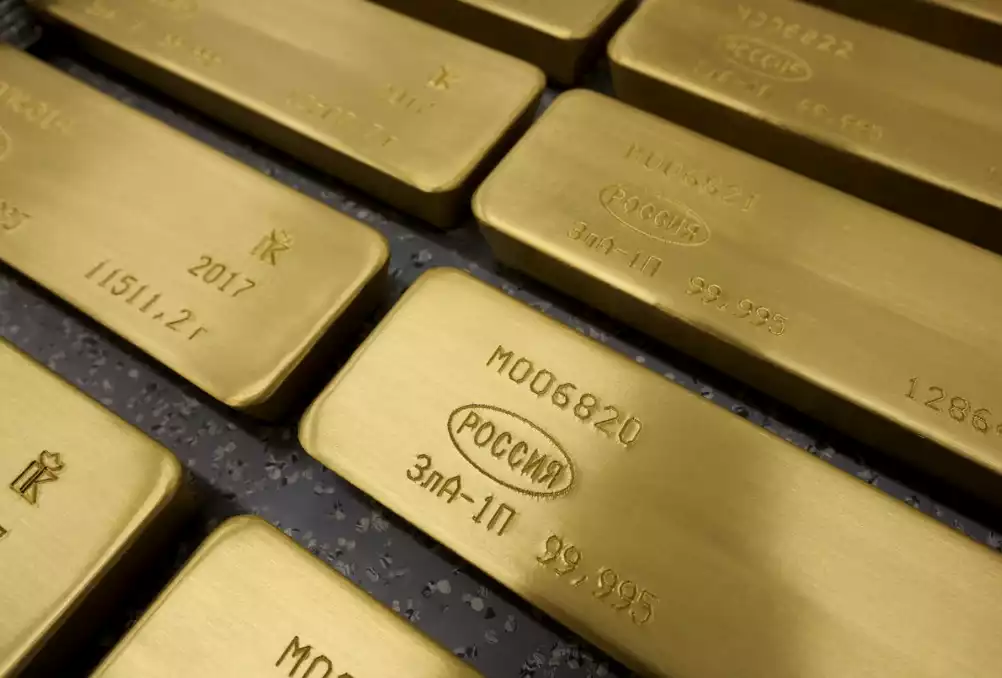Moscow World Standard (MWS) to challenge the LBMA
News
|
Posted 02/09/2022
|
12469
In a bid to encourage greater free price discovery in precious metals, Russia and a number of former USSR nations are setting up a competing precious metals exchange, initially dubbed the Moscow World Standard (MWS). This comes as Russia has become increasingly insistent that the London Bullion Market Association (LBMA) has been manipulating spot prices down artificially.
The US and UK combined produce approximately 5.5% of global gold output, whereas Russia and China produce more than 20%. In 2021, Russia came in a narrow second in terms of gold mining output behind China. China has also sought to wrestle more control away from the LBMA with the launch of the Shanghai Gold Exchange (SGE) in 2002. This launch has coincided with a dramatic growth in official reserves in China, however the extent of China’s true gold holdings remain as opaque as ever. India has also now launched their own precious metals exchange, the India International Bullion Exchange (IIBX) as they are also unhappy with the LBMA. According to Indian Prime Minister, Narendra Modi, the IIBX will “empower India to gain its rightful place in the global bullion market and serve the global value chain with integrity and quality.”
Following the LBMA, US, UK, Canada and Japan banning Russian precious metals, Russia has predictably explored other options for selling their gold. According to Chinese customs data, Russia has significantly ramped up gold exports to China, with more than US$108 million worth of Russia Gold going into China in the last month. This is a 750% increase from the previous month and 4,800% year on year.
According to Capital.com, the proposal is for the central banks of ex-USSR countries such as Belarus, Kazakhstan, Armenia and Kyrgyzstan to join the new exchange’s committee. In addition, Russia is also seeking the support of other major gold producing and consuming countries such as China, Venezuela, India and Peru to join. A representative of the Russian Finance Minister has described this new power block in the precious metals arena as designed to “normalise the functioning of the precious metals sector”.
If the new exchange is successful in attracting other major gold producing nations, it is estimated that they will have 62% of global output. In contrast with eastern producers the legacy LBMA and COMEX have clear motivations to suppress metals prices, and have been found guilty numerous times previously. The collective power shift of such a genuine challenger to the hegemon could instigate a reevaluation of gold and silver. The pricing fundamentals of supply and demand always return to the equilibrium, it’s not a question of if but when. One should never forget the adage “He who holds the gold makes the rules” in this complex and hostile geopolitical environment we find ourselves in.
We were all intrigued by Alex Hutchinson’s ‘dark horse theory’ on Putin’s plans as she spelt out in Monday’s Gold & Silver Standard Insights interview.
